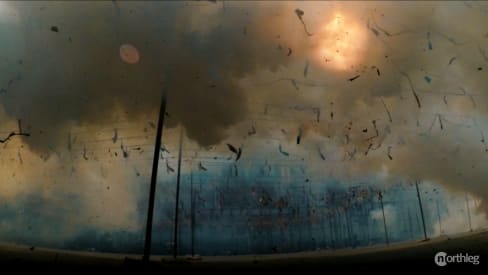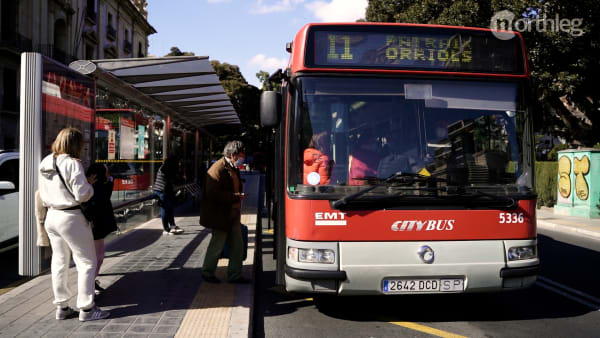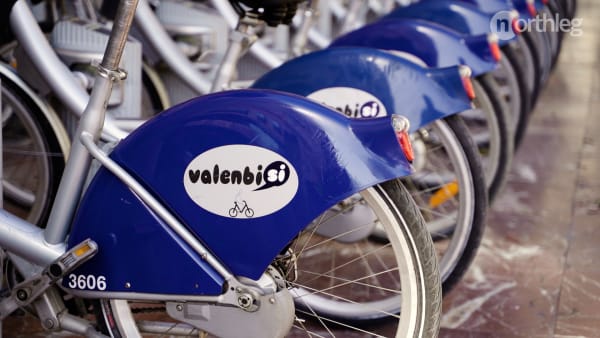Mascletás
A growing tempo, an unrelenting rhythm, and a final thunder that shakes the whole city. This is the Fallas’ daily reminder.
Mascletás
A growing tempo, an unrelenting rhythm, and a final thunder that shakes the whole city. This is the Fallas’ daily reminder.
A Mascletà is an extraordinarily loud firecracker show. And under Fallas, there are several of these in Valencia, where they are highly appreciated and much awaited. In its most popular form, a Mascletà is a daytime event (although there are a few nighttime editions).
This means that the display is not about colours or shapes, it’s about sound and rhythm above all. A large number of powerful firecrackers called masclets - hence the name of the event - are fired consecutively with the aim of producing rhythmic noises.
The Mascletà starts softly, and gradually the volume of the sounds increases. Explosives chase one another in a cadence that grows in intensity at every chime of the clock. Until finally, there is no respite in the frenzied rhythm, and the beat explodes in a roaring climax.
This final explosion, where numerous explosives go off at the same time, is so powerful that it makes the whole city shake. If you’re lucky enough to witness this in person, you will feel the vibrations in your bones and the sulfuric smell of gunpowder all around you.

The Mascletá is most well-known for its role in Fallas. During the festival, a huge Mascletà takes place daily in Plaza del Ayuntamiento. However, these are not the only Mascletàs in Valencia. In fact, many neighbourhoods set off their own Mascletàs (sometimes even at night) during Fallas. The display is also common in other celebratory events and occasions.
The techniques and artists
The Mascletà is not just about making the display as loud as possible - although it is also that. It is also about creating rhythm, making the ground under the spectators’ feet and the stone of the buildings around them vibrate. It’s about trying to create something new and unexpected out of gunpowder.
The firecrackers
The fireworks used are called masclets, and have a higher explosive capacity than regular firecrackers. They are joined by a fuse and generally placed on the ground or hung about 2 metres (6 feet 5 inches) high to poles and wires. When one end of the fuse is lit up, the masclets start going off, one after the other, creating a thunderous rhythm that usually ends in a sound so loud it’s referred to as the earthquake.

The mestre de traca
The key figure in a Mascletà is the mestre de traca, the master pyrotechnician responsible for carrying out the display. They are the ones to orchestrate the timing and explosion of each firecracker so that it creates a harmonious composition. And massive innovations, like electronic, long-distance controllers, have been brought forward with time, allowing for more complexity and sophistication in the delivery of the show.















